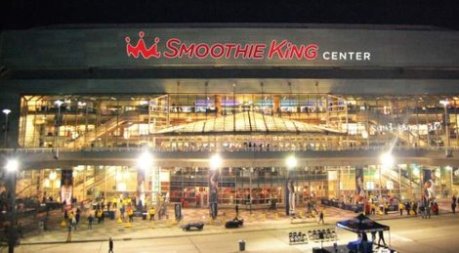I know, it’s been a while since you’ve heard from me. For that I apologize. Been a busy couple of weeks over here at JK Squared. Why you ask? Well, I’m glad you did.
Last week I made another trip out to San Diego to visit a client. With 8 meetings in 3 days, I knew it would be a hectic schedule, but I was determined to get the most out of it. They say bad news comes in threes? Well, that trip definitely defined it. First, a personal situation caused one of the major meetings we’d scheduled to have to cancel. Then, flight delays caused two more meetings to be postponed. And finally one prospect had an HR crisis, turning our one-hour presentation into a one-minute “hello, and lets talk soon”. On the positive side though, I was able to reschedule a few things, enjoy cocktails in the sun facing out at the Pacific Ocean, and help lay the groundwork for what could be a very interesting opportunity to come. Not a terrible visit in all, but certainly a crazy one.
This week’s been equally fun. First, two days of snow (well, one day of snow but two days of being home with the kids) followed by three busy days of new business prospecting. I was invited to participate in a new RFP here in my home town that looks interesting. We’re going up against some of the biggest players in the industry for a local county project, but I like our chances. We’re the “hometown” team, with the right mix of experience – and I’d like to think that will count for something in the review. It’s given me the chance to renew some old alliances and create some new ones. Today I’ve got another prospecting meeting trying to help a friend with one of his customers. Both of these new prospects are sports related – somewhat ironic since I’ve made more opportunities in the category since I left my sports marketing agency than while I was there it seems. I guess it’s just a matter of responding to what’s coming my way.
A couple of things I’ve learned the past couple of weeks. Stay focused – just when you think the pipeline is dry, things tend to turn around for the better. Starting something new means adjusting to a different and unexpected pace – it’ll take a while for me to figure out when it’s okay to be slow and how to take advantage of those opportunities. But I’m starting to get the handle on it. Also, expect the unexpected – whether it’s travel delays, personal situations, budget changes – something is always going to mess up your plans. The more you can roll with it the better you’ll do. It sounds trite, but the only constant in life is change, so we’d better get used to it.
So, that’s what’s been happening with me. What’s been happening with you?







